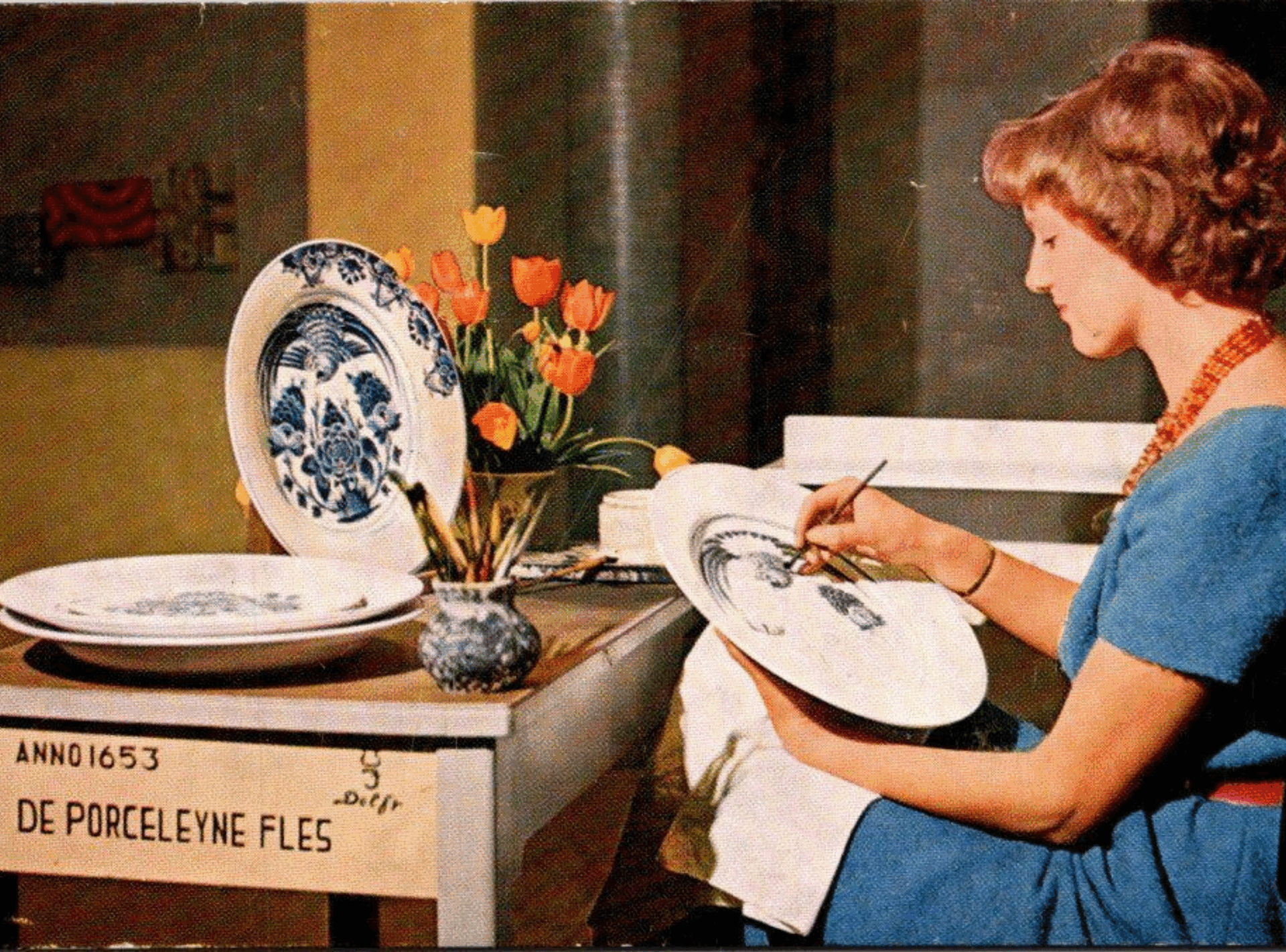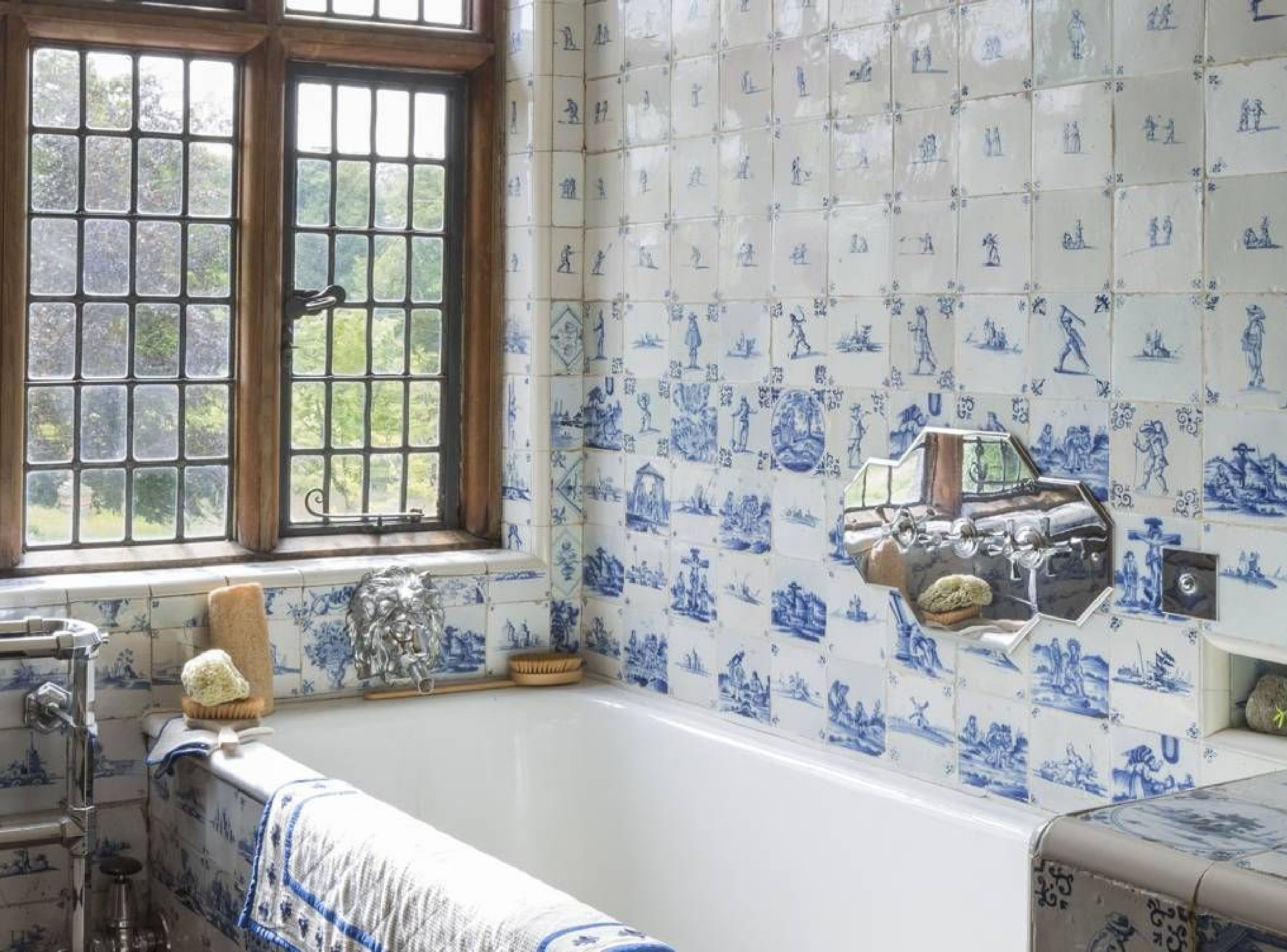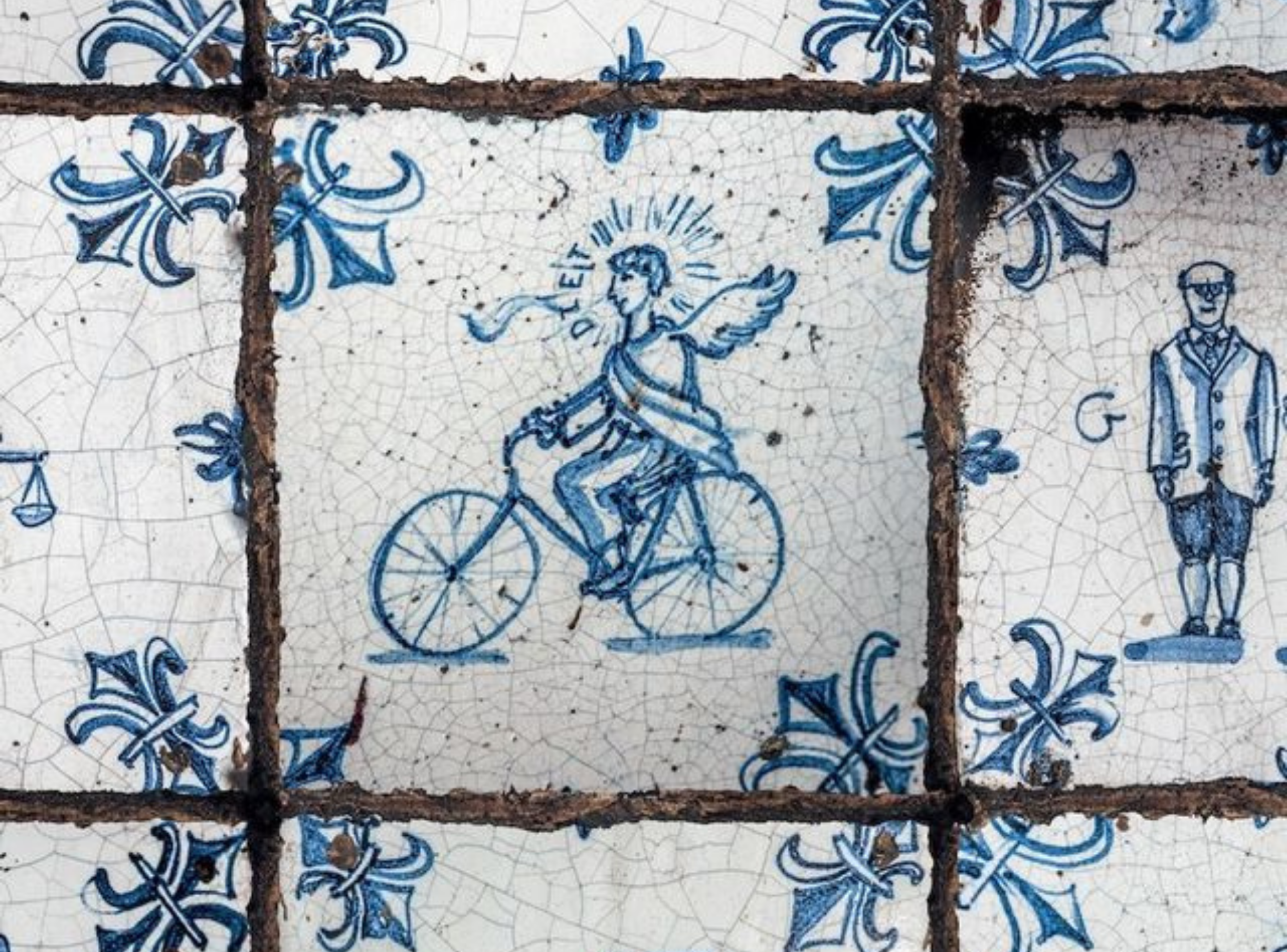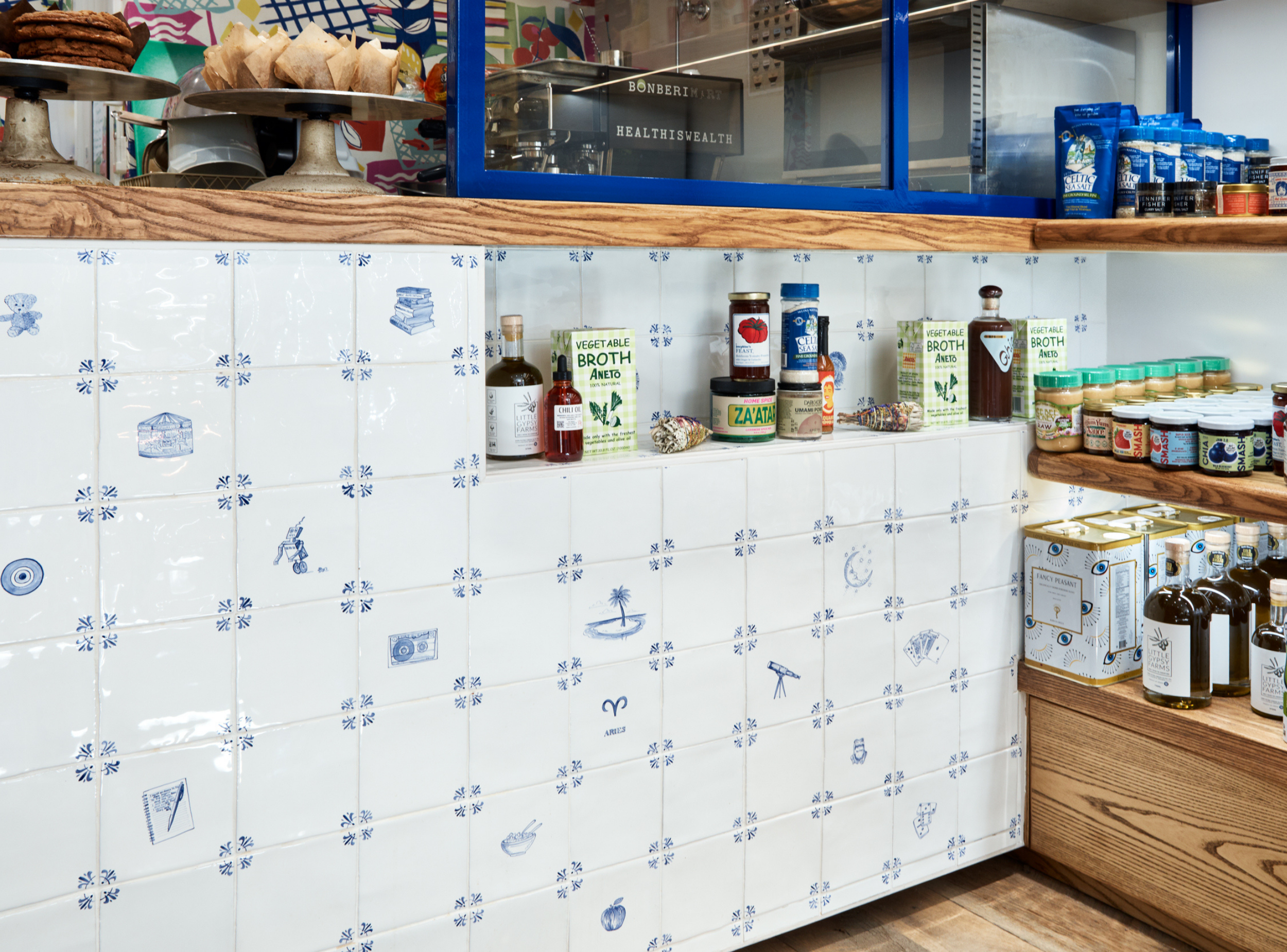- Home
- The Journal
- A Little History of Delft Tiles
DELFT TILES
A Little History of Delft Tiles
Few design traditions are as instantly recognisable as Delft tiles. First created in the Dutch city of Delft in the 16th century, these hand-painted squares told stories of daily life, nature, and faith, all in vivid cobalt strokes on a crisp white surface. From kitchens and fireplaces to churches and palaces, Delft tiles became both practical decoration and miniature works of art. Their timeless charm has carried them from the homes of the Dutch Golden Age to contemporary interiors around the world — and they continue to inspire designers today.

The Origins
Delft tiles were born in the Netherlands in the late 16th century, at a time when Chinese porcelain was arriving in Europe and sparking fascination. Dutch potters sought to create their own alternative, experimenting with tin-glazed earthenware that offered a smooth white surface perfect for decoration. The city of Delft soon became the centre of production, and its name has been synonymous with the craft ever since.
The Golden Age
By the 17th century, Delftware had entered its golden era. Tiles, vases, and tableware painted in cobalt blue became highly prized across Europe. Tiles were especially beloved in Dutch homes, used to line kitchens, fireplaces, staircases, and hallways. Their small square format made them versatile: single tiles might depict a ship or a flower, while whole walls could tell complex stories in miniature.


Meaning and Motifs
The beauty of Delft tiles lay in both their artistry and their symbolism. Motifs often carried meaning: children at play reflected innocence, ships suggested prosperity, flowers represented the fleeting nature of life. Beyond decoration, these tiles spoke quietly of values, hopes, and identity, transforming domestic spaces into places of storytelling.
Decline and Revival
As the 18th century progressed, Delft’s dominance waned. Mass-produced porcelain from England and Germany proved cheaper and more durable, forcing many Delft workshops to close. Yet the tiles remained cherished in older houses and churches, their scenes preserved like snapshots of a bygone era. In the 19th and 20th centuries, they were rediscovered with fresh appreciation, celebrated as part of Europe’s cultural heritage.


Delft in the Modern Day
Today, Delft tiles are admired in museums and interiors alike. Designers continue to be inspired by their balance of elegance and everyday storytelling. Their combination of utility and artistry has made them timeless — proof that a simple square can hold endless imagination.
Petra Palumbo’s Delft Tiles
Carrying this heritage forward, Petra Palumbo reimagines Delft for the modern home. Her tiles retain the spirit of the originals — hand-crafted, symbolic, rooted in tradition — yet bring a fresh vocabulary of motifs. From jellyfish to house martins, coffee machines to birthday cakes, her designs expand Delft’s storytelling into today’s world. Paired with trims, wallpaper, and matching grout paints, Petra’s Delft tiles honour centuries of craftsmanship while offering a vibrant, playful chapter in the ongoing history of Delftware.


















